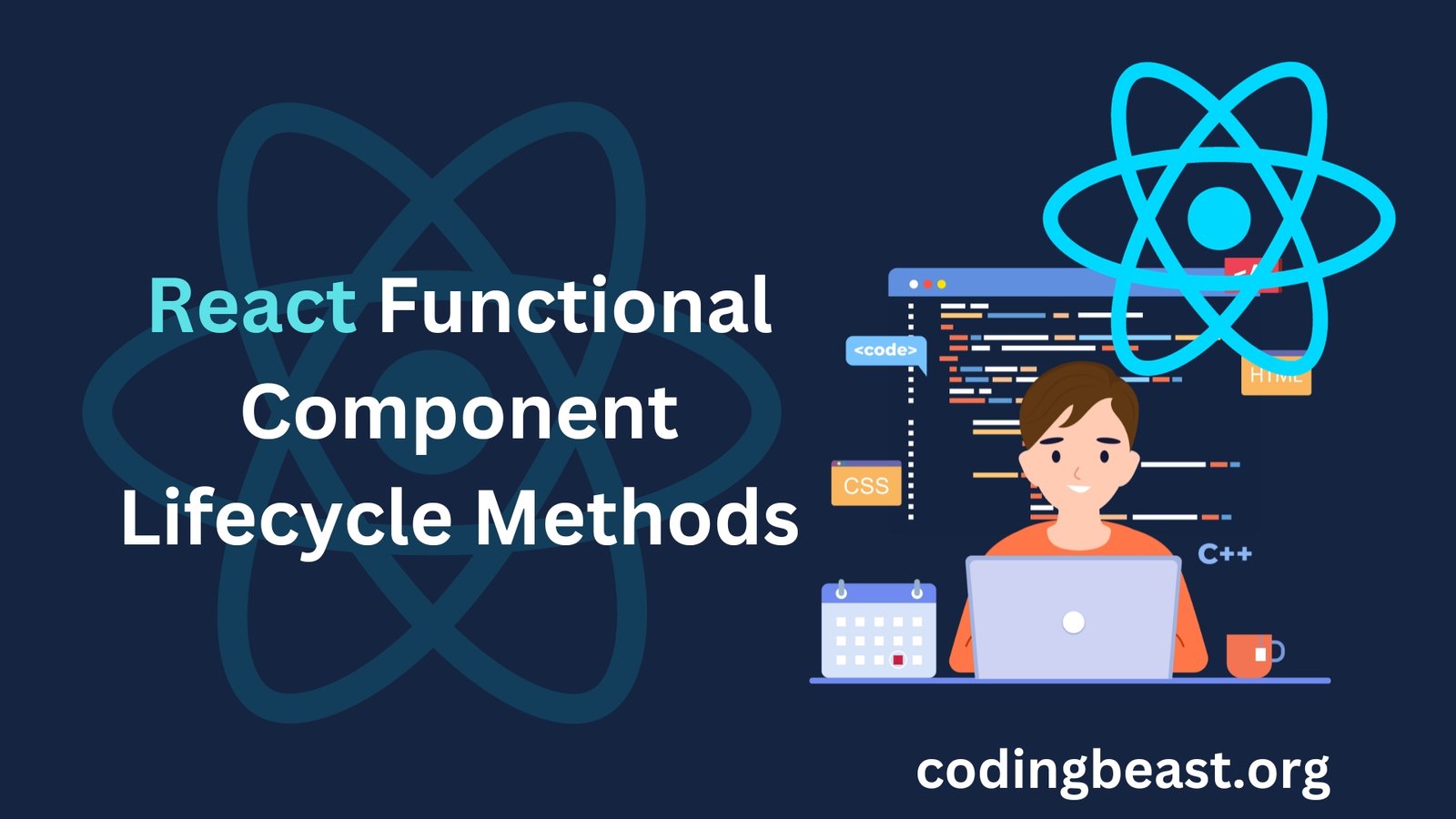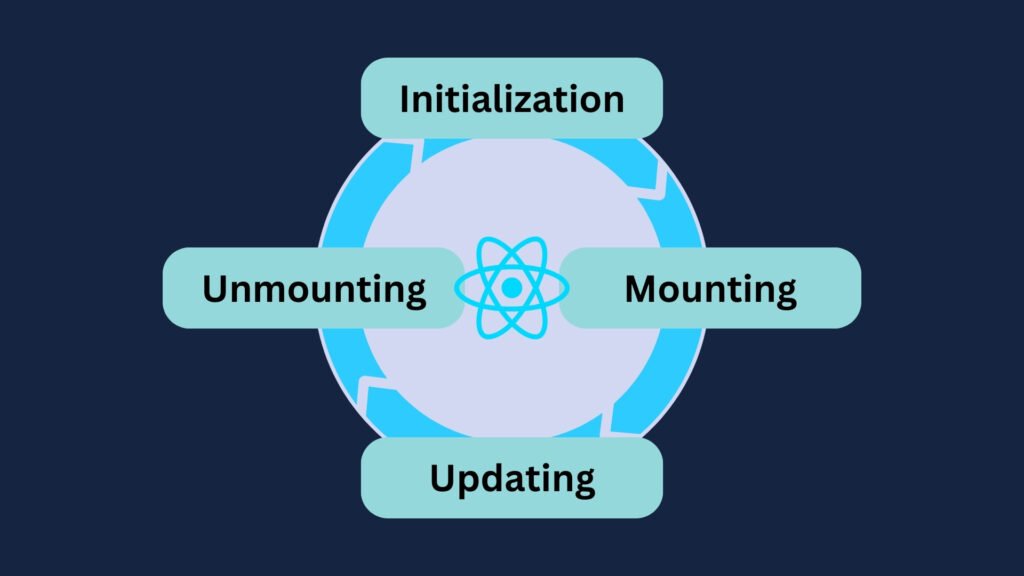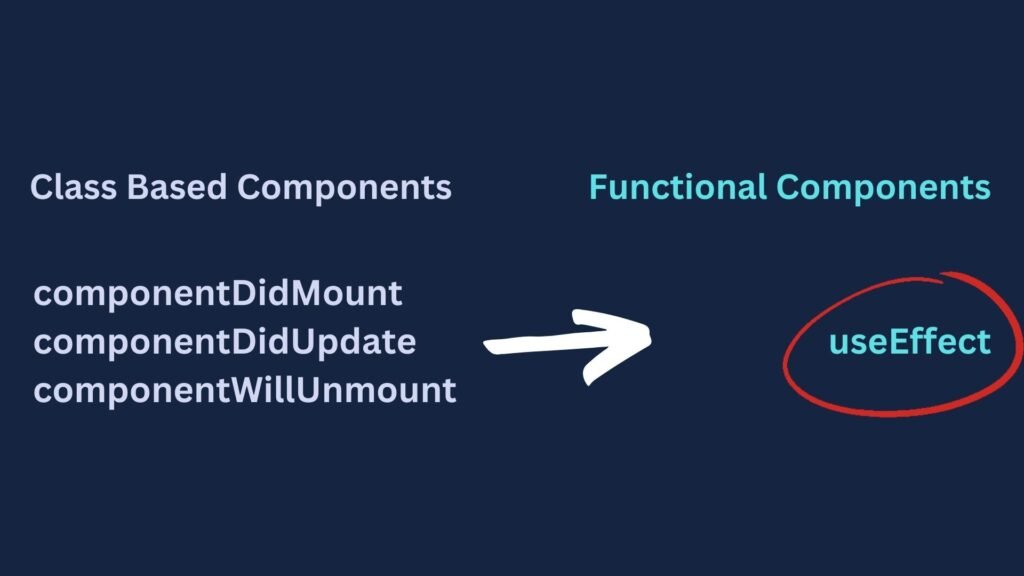In the ever-evolving world of web development, React.js has emerged as one of the most popular and widely used JavaScript libraries.
React simplifies the process of building user interfaces by breaking them down into reusable components.
One crucial aspect of React components is understanding their lifecycle methods, particularly in the context of functional components. In this blog post, we will dive deep into the lifecycle methods of functional components, exploring their significance and how to effectively use them.
Contents
Understanding Functional Components
Functional components, also known as stateless components, are an essential part of React’s component-based architecture.
They are simple functions that take in props and return JSX elements. Unlike class components, functional components do not have access to lifecycle methods by default.
However, with the introduction of React Hooks, functional components gained the ability to mimic some of the behavior of class components, including lifecycle methods.
The Role of useEffect()
One of the most powerful hooks introduced in React is useEffect(). It allows functional components to perform side effects in a declarative and efficient way. Side effects can include data fetching, DOM manipulation, and more. The useEffect() hook can be thought of as a combination of componentDidMount, componentDidUpdate, and componentWillUnmount lifecycle methods in class components.
Mounting Phase
In the context of functional components, the mounting phase is where useEffect() plays a crucial role. When a functional component is first rendered, useEffect() can be used to perform actions after the component has mounted. This is akin to the componentDidMount lifecycle method in class components.
Updating Phase
As functional components re-render due to changes in state or props, useEffect() can also handle the updating phase. This is similar to the componentDidUpdate method. You can use useEffect() to trigger actions when specific props or state variables change, ensuring your component stays up to date.
Unmounting Phase
Just like class components have a componentWillUnmount method, functional components using useEffect() can clean up resources or perform actions when the component is about to unmount. This ensures that no memory leaks or unwanted side effects occur.
Best Practices for Using Lifecycle Methods in Functional Components
Now that we’ve explored the significance of useEffect() in functional components, let’s discuss some best practices for using lifecycle methods effectively:
1. Keep It Simple
When using lifecycle methods in functional components, aim for simplicity. Avoid complex logic within useEffect(). If necessary, break down the logic into smaller functions for better maintainability.
2. Avoid Excessive Nesting
Nested useEffect() calls can lead to code that is hard to read and debug. Try to keep your effects at the top level of your component or consider custom hooks for complex scenarios.
3. Use Dependency Arrays
Dependency arrays in useEffect() help specify when the effect should run. Be mindful of what you include in the dependency array to prevent unnecessary re-renders.
4. Leverage Cleanup Functions
Utilize cleanup functions to handle resource disposal. This ensures that your component is clean and efficient.
Conclusion
Understanding the lifecycle methods of functional components, particularly the useEffect() hook, is essential for React developers. By mastering these methods, you can build more efficient and maintainable React applications. Remember to keep your code simple, avoid nesting, use dependency arrays wisely, and leverage cleanup functions for optimal results.
FAQs
- What are functional components in React? Functional components are a type of React component that are defined as JavaScript functions. They accept props as input and return JSX elements.
- What is the purpose of the
useEffect()hook in functional components? TheuseEffect()hook in functional components is used to perform side effects, such as data fetching and DOM manipulation, in a declarative and efficient way. - How does the mounting phase work in functional components? In the mounting phase of functional components, the
useEffect()hook can be used to perform actions after the component has been initially rendered. - What is the updating phase in functional components, and how is it handled? The updating phase in functional components is where changes in state or props trigger re-renders.
useEffect()can handle this phase, similar to thecomponentDidUpdatemethod in class components. - Why is it important to clean up resources in functional components? Cleaning up resources in functional components, using cleanup functions, ensures that there are no memory leaks or unwanted side effects when the component is unmounted.







0 Comments